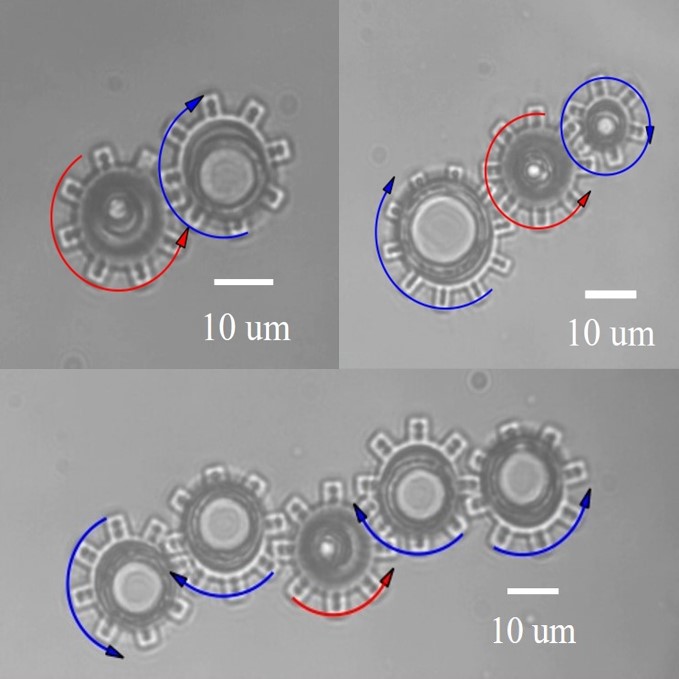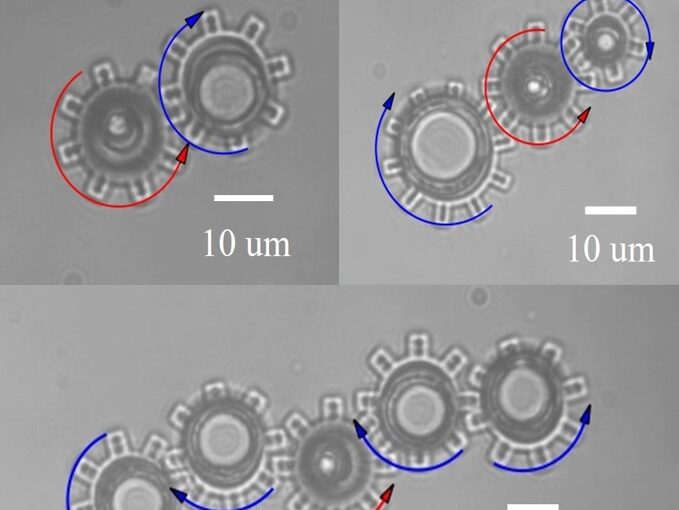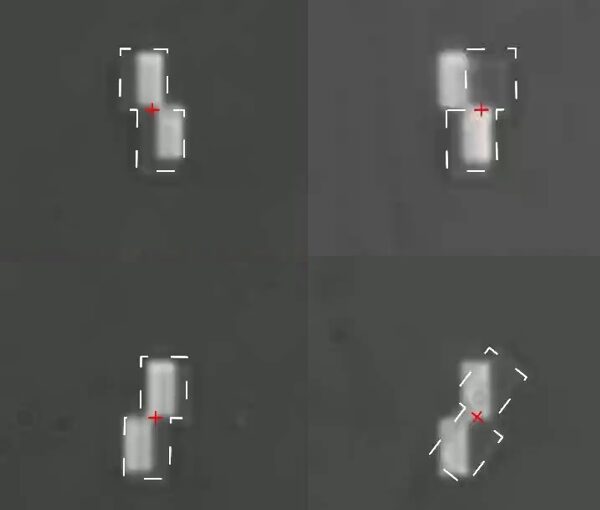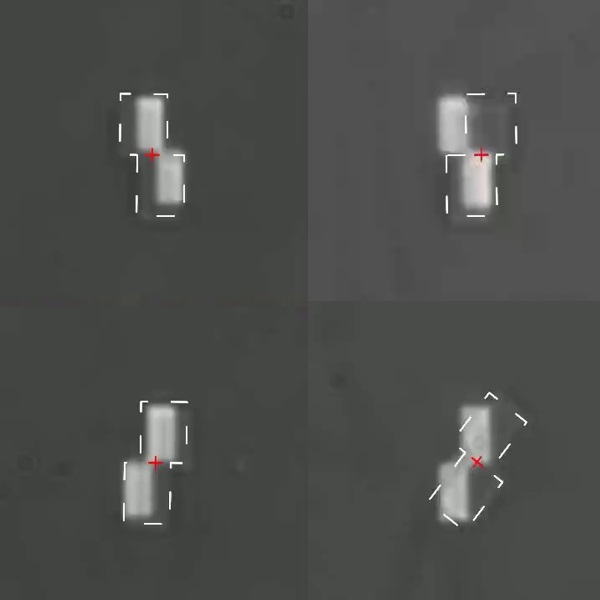
Gan Wang, Marcel Rey, Mahdi Shanei, Kunli Xiong, Einstom Engay, Mikael Käll, and Giovanni Volpe
Date: 13 June 2023
Time: 21:00 (CEST)
On-chip micromotors hold significant application potential in various fields, including cells, microfluidic manipulation, and the micro integration of machines. .The driving mechanism plays a crucial role in the design of micromotors. Currently, various methods such as static electricity, light, magnetism, chemical energy, and mechanical conduction are utilized for this purpose. Optics, in particular, offers distinct advantages including precise control, addressability, non-contact operation, and compatibility with diverse liquid environments. However, existing optically actuated on-chip motors necessitate high energy input, resulting in phototoxicity concerns and hindrances to large-scale manipulation. Furthermore, achieving precise control over speed and direction remains challenging, along with difficulties in establishing coupling among multiple devices.


